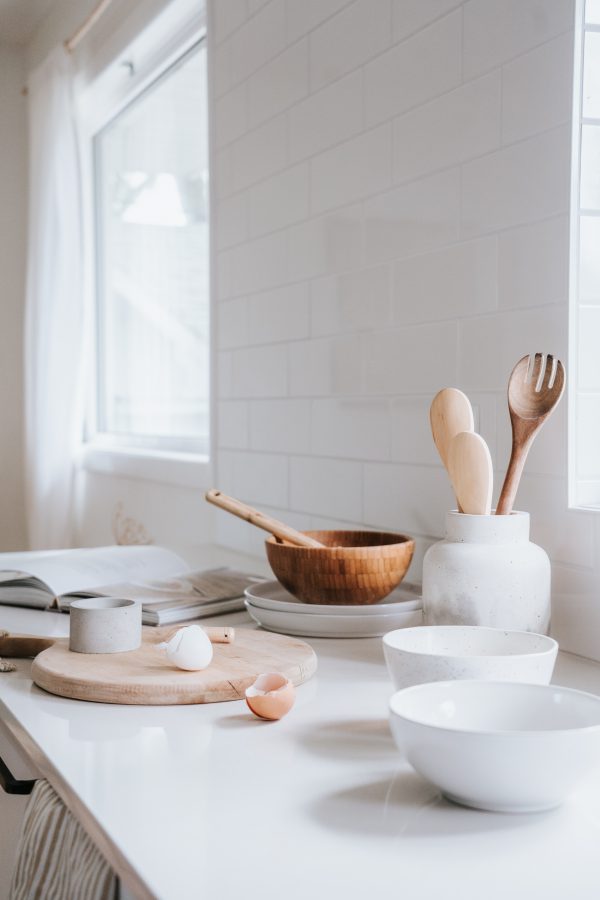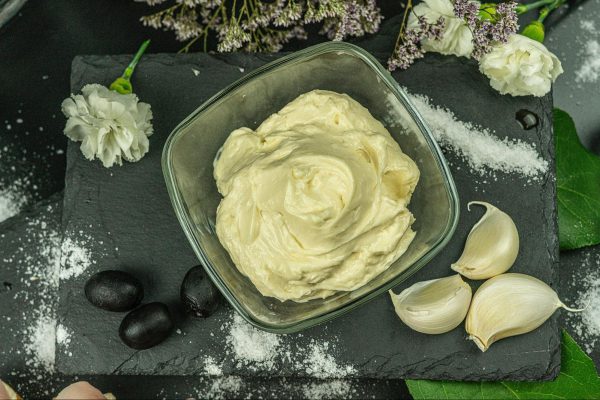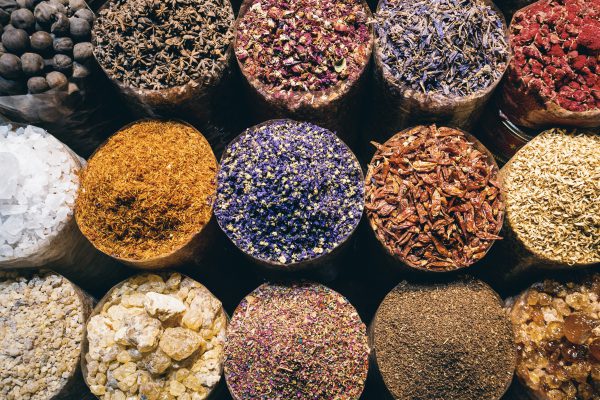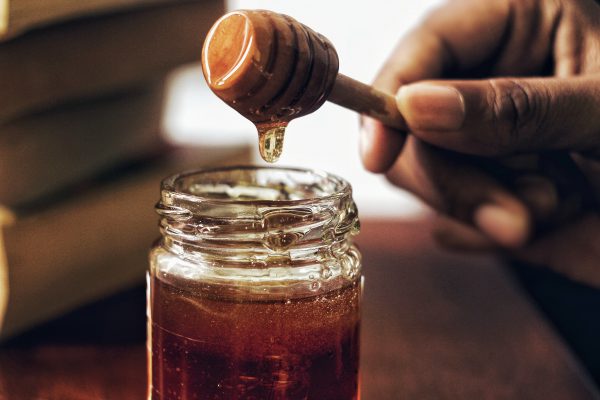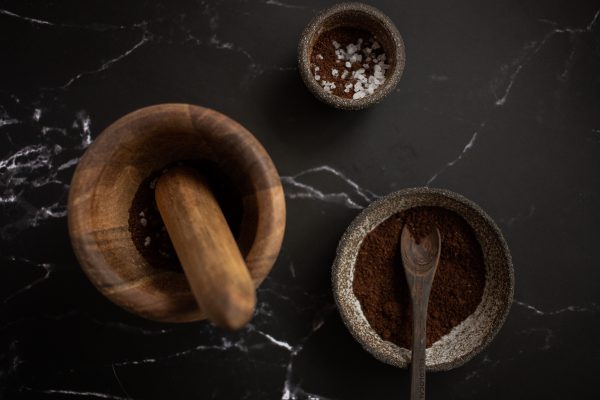Last Updated on December 23, 2022
You may have heard that steaming your veggies instead of pan cooking them is much healthier, so you’re trying to make steaming a part of your cooking routine. If that’s the case, we’ve got you covered! We’ll tell you everything you need to know to steam food more confidently. And no, steamed dishes don’t have to be bland and boring. If you do it right, they can quickly turn into your next comfort dish!
Benefits of Steaming
Okay, you probably know steamed food is typically healthier than food cooked with traditional cooking techniques. But why is that so? Is it another healthy lifestyle trend that’s popular for being famous, or is there more to it than what meets the eye?
Let’s go over the benefits of steaming one by one and see if it’s worth all the hype.
It’s Easy on the Food

We often use different kinds of oil or water when cooking because we need a heat conductor between the hot pan and the vegetables. Water works as a thermal conductor for boiled dishes, and oil does the same for stir-fries and such. If you were to put raw vegetables in a dry, hot pan, you’d see that the parts that touch the pan will burn before the rest of the veggies are nicely cooked.
But why are cooking techniques important? When consuming different foods, we get health benefits from their enzymes, vitamins, and minerals. Some of these molecules, such as vitamin C, are very fragile and start to break down when they come into contact with light and heat.
So, if you apply harsh cooking techniques, you risk losing these nutrients. This is what happens when you fry your veggies or meat, even lightly, as the oil can reach very high temperatures. Even though some of those molecules aren’t as fragile as vitamin C, a significant amount of them can’t endure frying oil.
And while boiling doesn’t reach temperatures as high as hot oil, boiling your food in water results in water-soluble components dissolving in the water along with the flavor and aroma molecules. As they leak into the water, you lose both their flavor and nutritional value.
With steaming, we have a gentle thermal conductor, i.e., vapor, allowing the steam to move all around the surface of the food for even cooking without disturbing the fragile nutritional elements.
It Doesn’t Add Any Trans and Saturated Fat
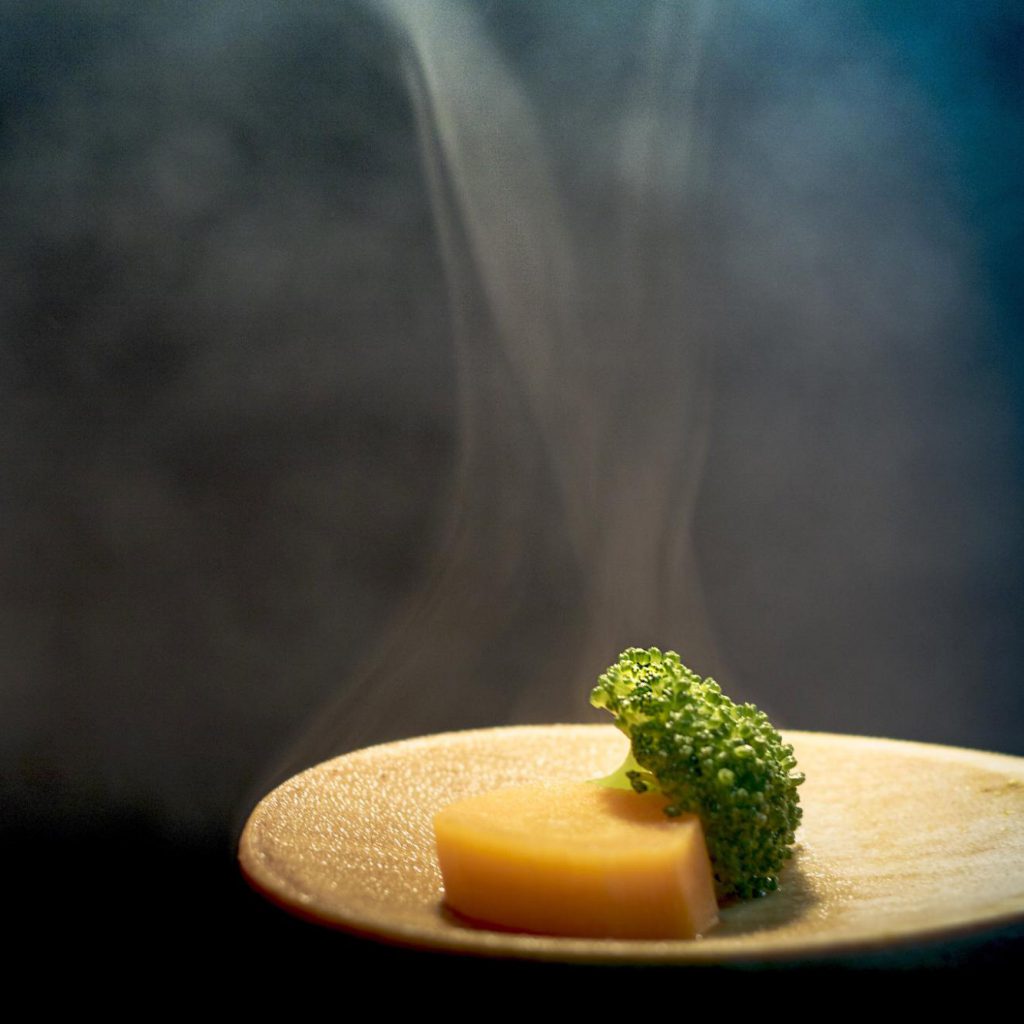
By Txell doba
Oils and fats are important for our health, but too much animal-sourced fat is known to cause cholesterol. And while raw, extra virgin oils, like extra virgin olive oil, are good for you, they typically have lower smoke points, meaning they can easily break down when you put them through high heat and turn into unhealthy components.
With steaming, you don’t add oil or fat to the food during the cooking process. You can use different oils as condiments after your food is cooked to enjoy the taste and texture of the oil while being nourished in the healthiest way possible.
What’s the Best Food to Steam?
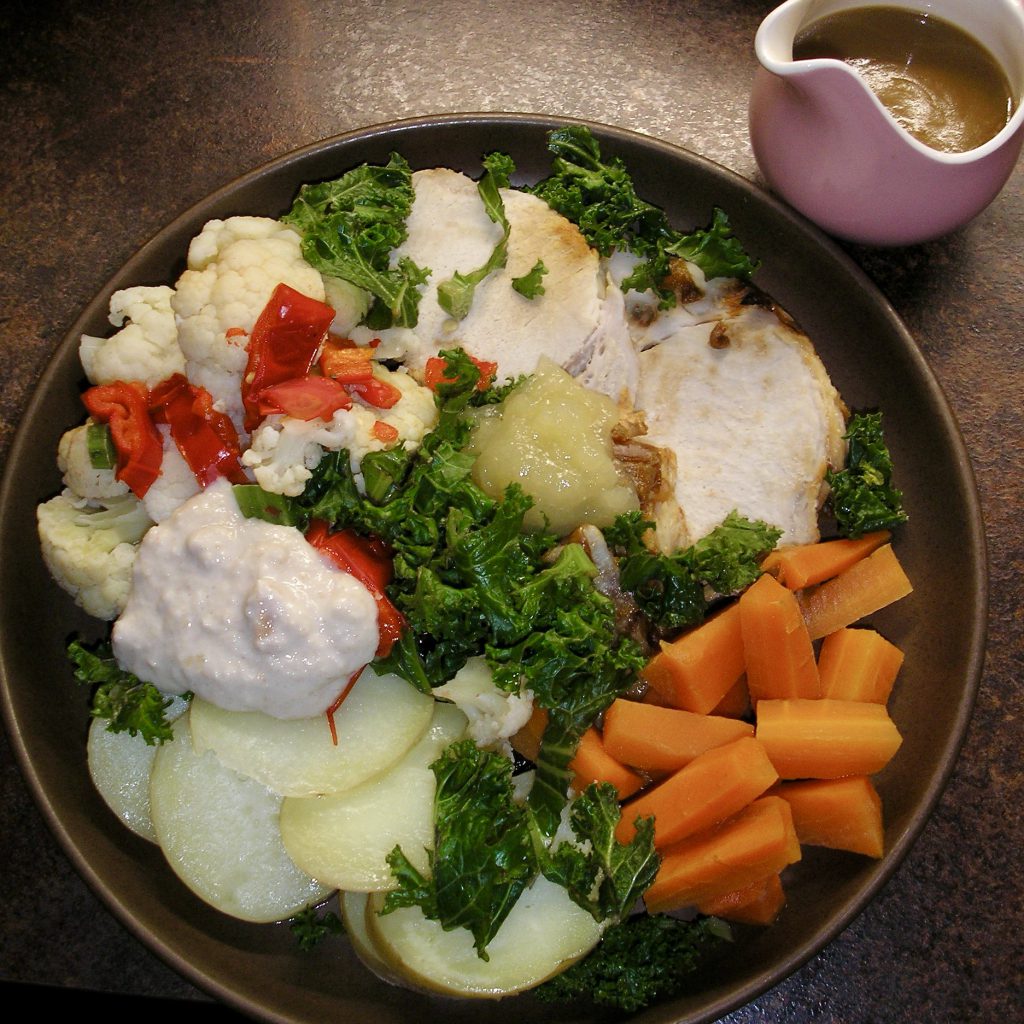
You can steam everything, from fish to eggs to pumpkin. Almost all vegetables do well in a steam basket. And since steaming cooks the food pretty fast, the veggies won’t wilt and soften.
This is especially suitable for cooking vegetables that are high in water-soluble antioxidants, such as broccoli, cauliflower, green leafy vegetables, peas, Brussel sprouts, whole grains, and legumes — yes, you can even steam whole grains and legumes!
But what about other foods? Well, steaming is a hassle-free cooking method for many dishes. For example, cooking rice in a steamer is much easier than cooking it on the stovetop. All you have to do is to put the required amount of rice and water in a rice cooker — which is also a type of steam cooker — and let it steam up. You can also cook lentils in a rice cooker following a 1 to 2 lentils to water ratio.
And while cooking fish in a pan is easy, steaming seafood is also a great way to prepare a healthy and delicious meal as it brings out the natural flavors. In fact, steaming has been the primary cooking method in China throughout its history, and today, you can find many different steamed fish recipes served with different condiments, such as soy sauce.
Steaming Techniques
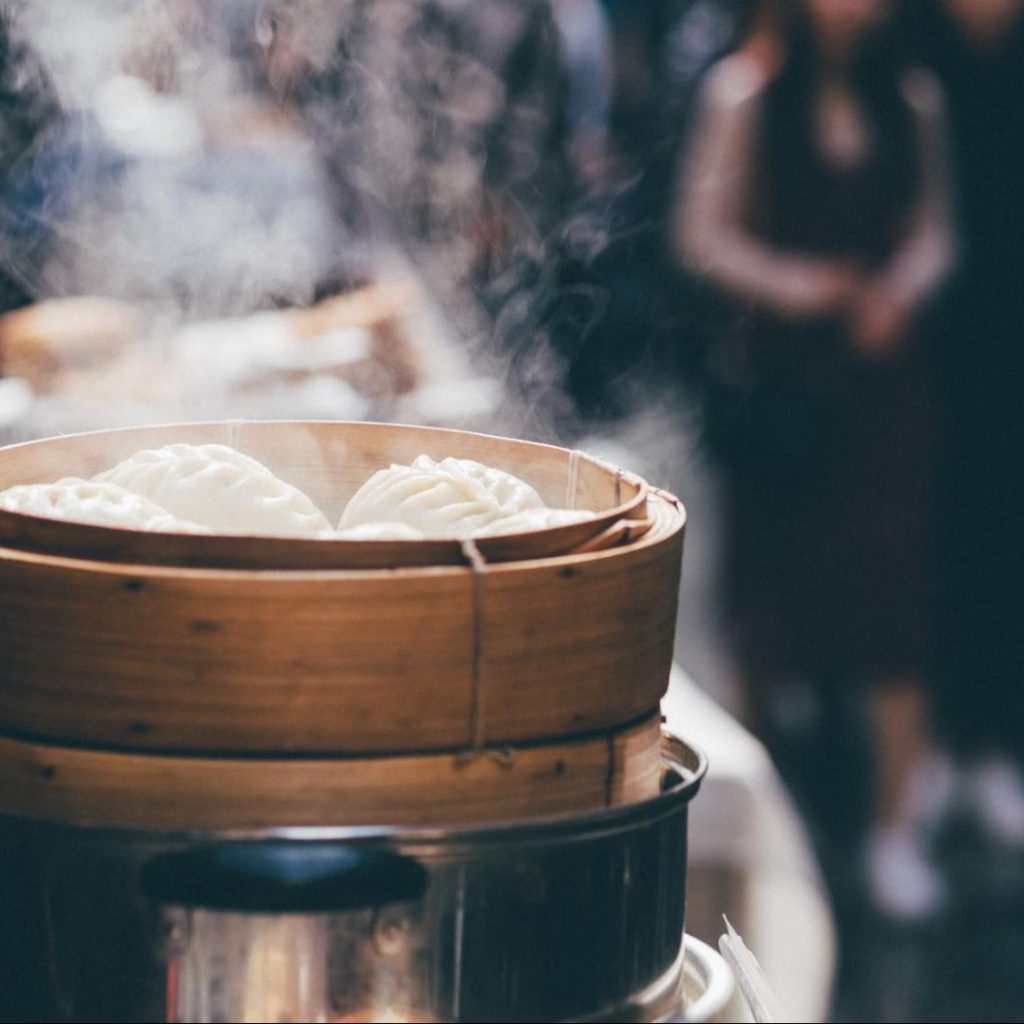
There are a few different pieces of equipment you can use to steam food in your kitchen. Firstly, you can use a steamer, either a traditional bamboo one or one made from plastic or stainless steel. These steamers are designed to make steaming very easy. You simply pour the required amount of water into the steamer and let the food sit in the basket above while the water boils.
Rice cookers are also steamers specifically designed to cook rice, but nothing stops you from using them to steam lentils, barley, quinoa, or other grains and legumes. You can even steam oatmeal to make porridge in the rice cooker. Just use the same amount of water you would use on the stovetop.
How to Steam Without a Steamer (or a Rice Cooker)?
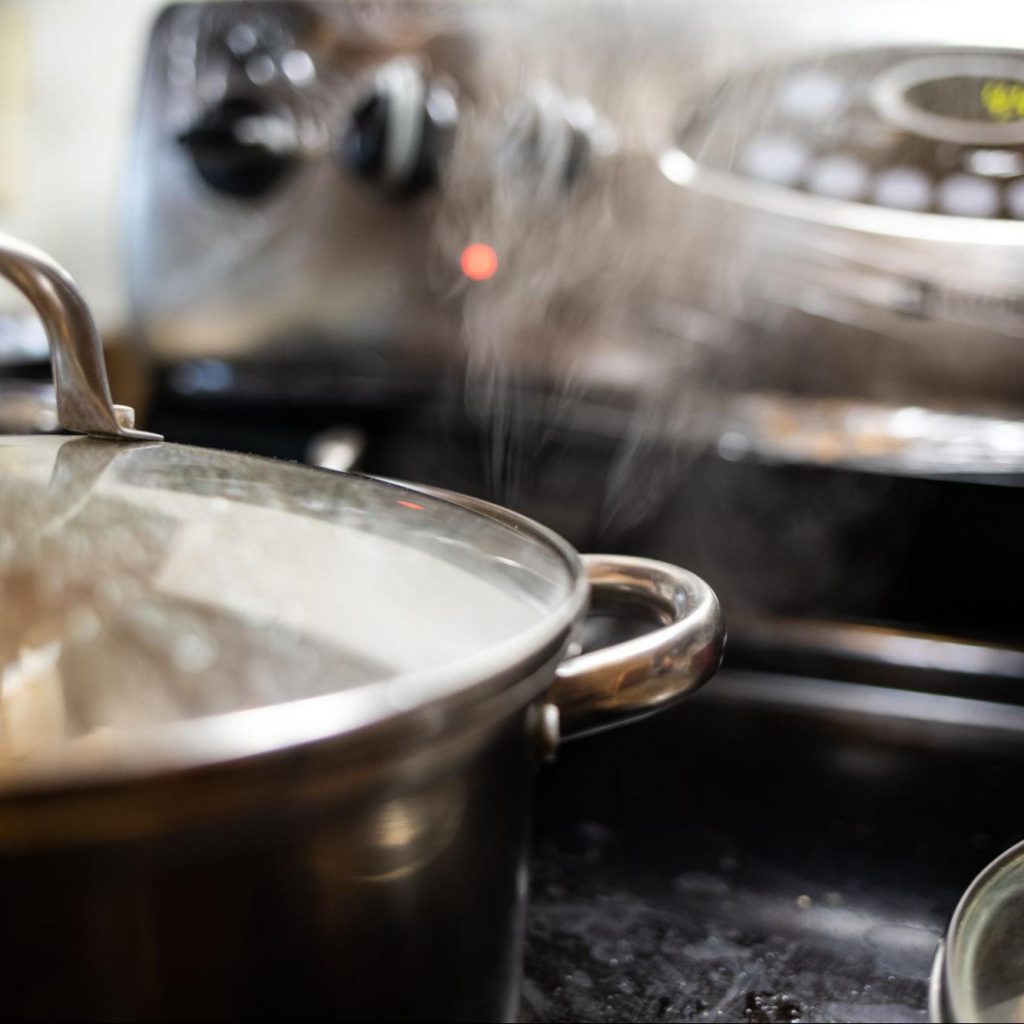
Steaming is a very straightforward technique that doesn’t require robust equipment. That is to say that there’s no need to fret if you don’t have a steamer or a steaming basket. All you need is a lidded pot and a basket, and you can easily replicate what a bamboo steamer or a steaming basket does.
Simply place a heat-resistant colander in a pot where you boil water on low-medium heat. Your food will be cooked thanks to the steam rising from the colander below.
Boiling water can’t exceed 100C, but stainless steel or aluminum can. When using one of your pans, woks, or saucepans to steam, make sure you don’t overheat the pot, which can emit heat to the food inside and disturb the precious enzymes we’ve been trying to keep.
Steaming Methods
Electric Steam Cooker
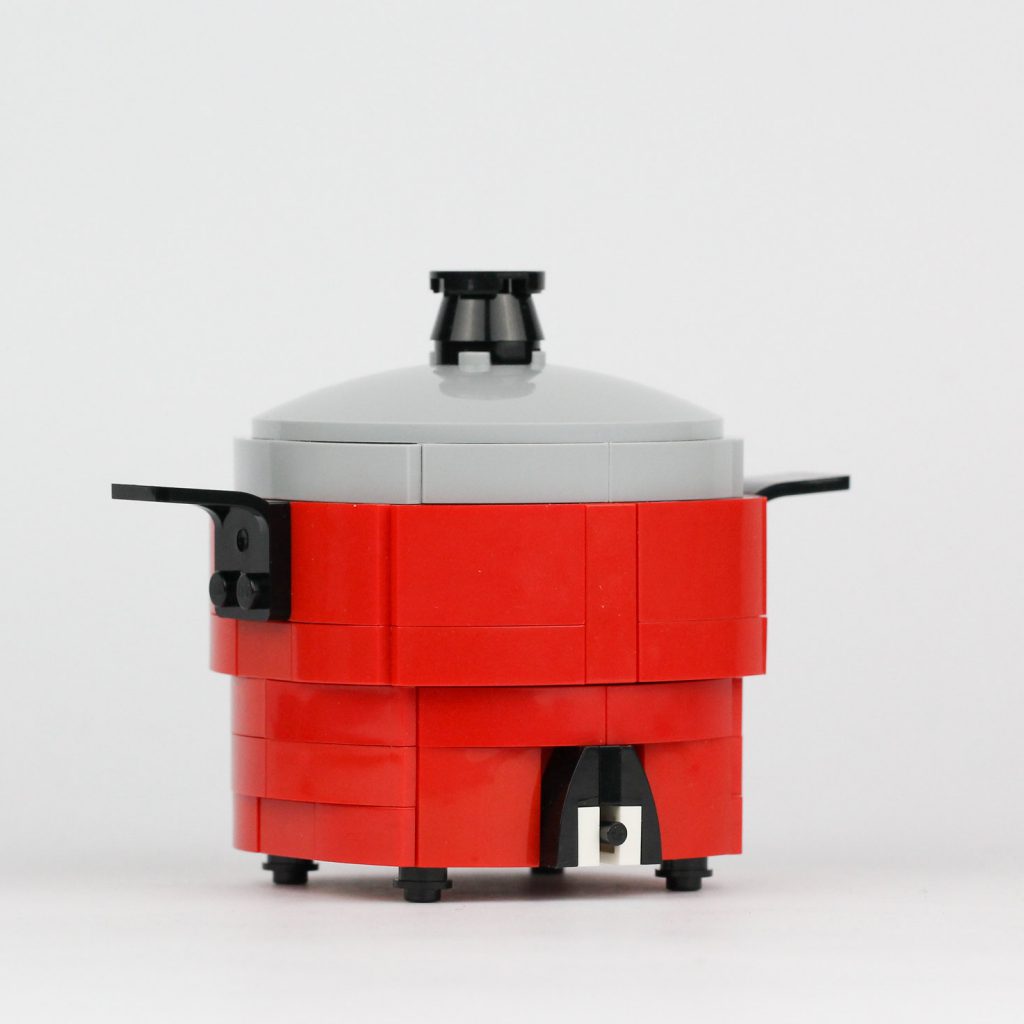
Steam cookers are designed to make your steaming experience as easy as possible. Simply add the water and ingredients you want to steam, lock the lid, and select the appropriate mode to start cooking, right there on the countertop.
There are different kinds of electric steamers, some with many different settings and multiple tiers for you to steam different dishes at the same time.
You should be mindful of their cooking time when you’re steaming different foods simultaneously. If you don’t add the ingredients at the right time, you’ll end up overcooking some of them.
Rice Cooker

Rice cookers are a pretty straightforward way of cooking rice. They typically come with the instructions for cooking rice, which is simply the ratio of water to rice, and the cooking time.
If you want to steam whole grains, soak them in water for at least 1 hour prior to cooking. Cook them with the regular rice cooking cycle and continue steaming for about 10 to 15 minutes on a low setting after the cycle is complete.
If you’re going to steam legumes, soak them in water overnight. You can do it directly in the rice cooker but make sure to drain the water and replace it with fresh filtered water before cooking. Also, make sure your rice cooker is unplugged and turned off when doing that.
In order to steam 1 cup of dried beans, use 4 cups of filtered water and run the cycle 2 times. Check the water level in between cycles. If the beans are still covered, you’re good to go. Otherwise, add more water to cover them completely.
If your rice cooker has a steaming basket, you can steam vegetables in it while cooking the rice. Just start cooking the rice as you would regularly and add the basket full of vegetables over the rice. This also allows the rice to absorb the flavors from the vegetables just as if you’ve added some vegetable broth to the cooking water, so you hit two birds with one stone!
Cooking regular rice takes about 35 minutes in a rice cooker. But vegetables cook much faster when they are steam cooked, between 5 to 15 minutes, depending on the vegetable. So you need to time when to add the ingredients to the basket.
Parchment Packets — Papillote
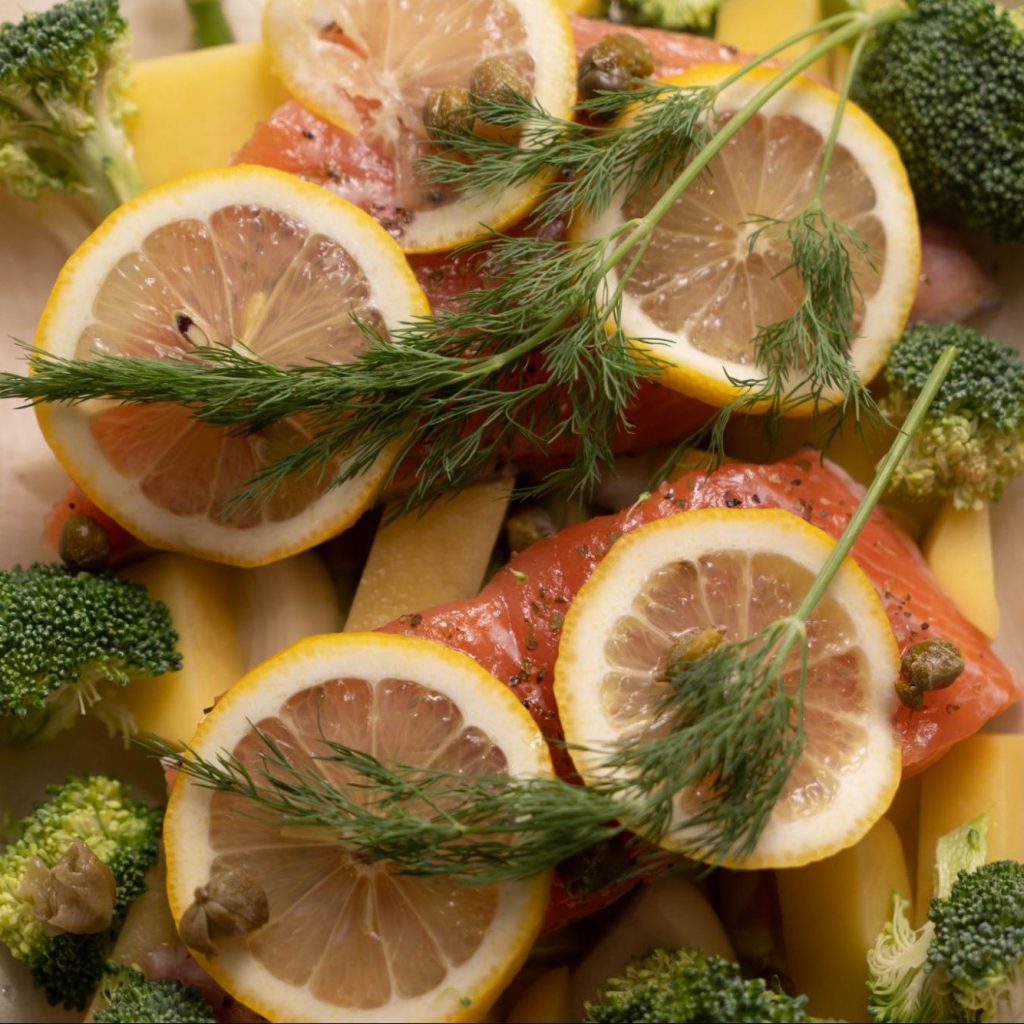
You can also steam with parchment paper — not wax paper as it tears easily — that you use to keep food from sticking to the tray when you roast or bake things in the oven. This is a modification of a traditional technique where grape leaves, corn husks, or banana leaves were used to keep the steam inside of a packet when cooking a small portion of food.
Similarly, parchment paper is a great way to prepare small portions of food to be steamed. The only thing you need to do is wrap the ingredients and place the packets over the colander. You would typically do this with seafood, poultry, and vegetables. Since the paper doesn’t let the juices out, the results are even zestier when you cook seafood and poultry, as the fats from the meat can’t sizzle away.
Steaming Basket

By Marco Verch Professional Photographer
Steaming baskets, whether they are made of bamboo, silicone, or stainless steel, open new avenues. You can fill them with multiple layers of food to cook different kinds of meals at once. Of course, it’s important not to pile too many ingredients on top of each other. If you’re steaming meat and vegetables at the same time, add the meat on a different tier since it takes more time to cook.
You can line the bottom of the basket with leafy greens like lettuce or parchment steamer liner to prevent the vegetables from sticking to the basket. You should place the basket in a slightly sloped pan, such as a wok, to prevent it from directly touching the bottom.
The process is quite simple. Add water to the pot, around two knuckles deep, and bring it to a simmer on medium heat. Then place the steaming basket in the pot making sure the water doesn’t reach the bottom of the basket and put the lid on. Cook the ingredients according to the required amount of time. You might need to check the water level to make sure nothing burns, but do it quickly, letting as little as possible steam out of the pot.
If you’re steaming different foods that require different amounts of time to cook, place the ones that take the longest to cook at the bottom and add the rest after you cook the bottom layer for some time. For the average cooking time for different types of food, you can refer to our guide below.
Microwave

You can steam cook any type of vegetable in the microwave. Chop the vegetables into manageable sizes and place them in a plate or mixing bowl that’s microwave safe. You can even use ramekins if you want to make individual servings, but fitting enough portions for a dinner party into the microwave can be a problem.
For a big dish, add 2 tablespoons of water directly over the vegetables and cover the dish with a heat-resistant lid or foil. Run the microwave on high power. Soft vegetables like broccoli and zucchini take only about 4 minutes, while former ones like potatoes and carrots take up to 7 minutes. Keep an eye on the leafy greens like spinach as they cook within a couple of minutes in the microwave.
Common Mistakes When Steam Cooking
Steaming is a very easy task, but there are some pitfalls you need to be aware of, regardless of whether you’re using a steam cooker, a steaming basket, or a pot and a colander.
You Steam the Food Too Long

As we said at the beginning, steaming is healthy because it’s easy on the food. But if you steam the food too long, you can damage the nutrients. This doesn’t only result in mushy and wilted veggies but you also miss out on the health benefits of steaming.
To make the most of steaming, check our cooking time guide below and make sure to do the math before cooking different types of food at the same time.
You Add Too Much or Too Little Water
When you use equipment other than a steamer that comes with the instructions, you need to work out the correct amount of water you’ll steam with. If you add too much water, your ingredients will be soaked, and you end up with boiled veggies rather than steamed ones. On the other hand, if you add too little water, your pan — and veggies in turn — might burn.
You Take the Lid off Too Often or Keep It on for Too Long
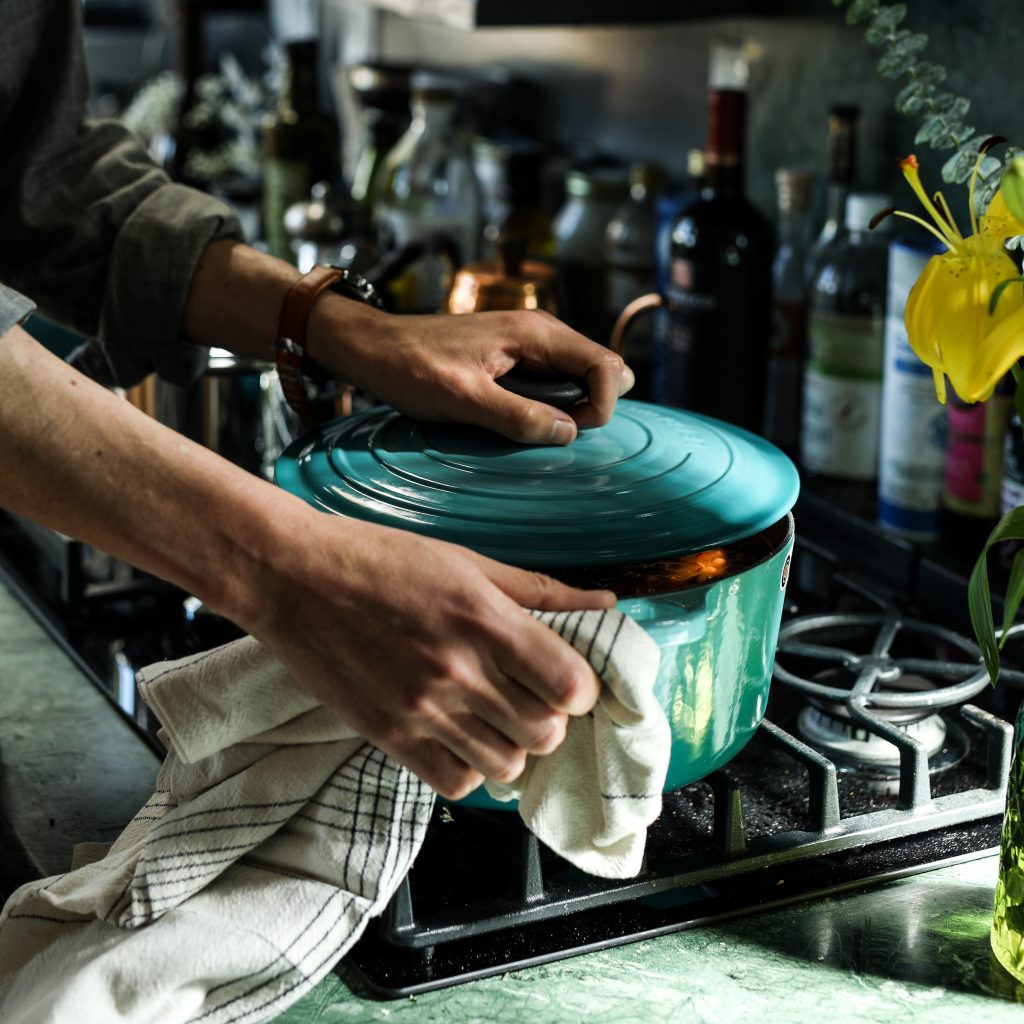
The whole purpose of a steamer is to keep the hot steam inside so that the ingredients can cook quickly and evenly. When you disturb that process, you compromise on the quick and even cooking that’s easy on the food.
All the ingredients have a specific cook time. When you interrupt the process, you might miss that sweet spot and end up with stiff or wilted veggies. The risks are less hazardous on the vegetarian side, but if you’re steaming meat, you need to make sure the temperature rises to a certain degree for all the unwanted microorganisms to die. So, know your cooking time roughly, and leave the lid on to do its job.
You Pile Up Too Much Food
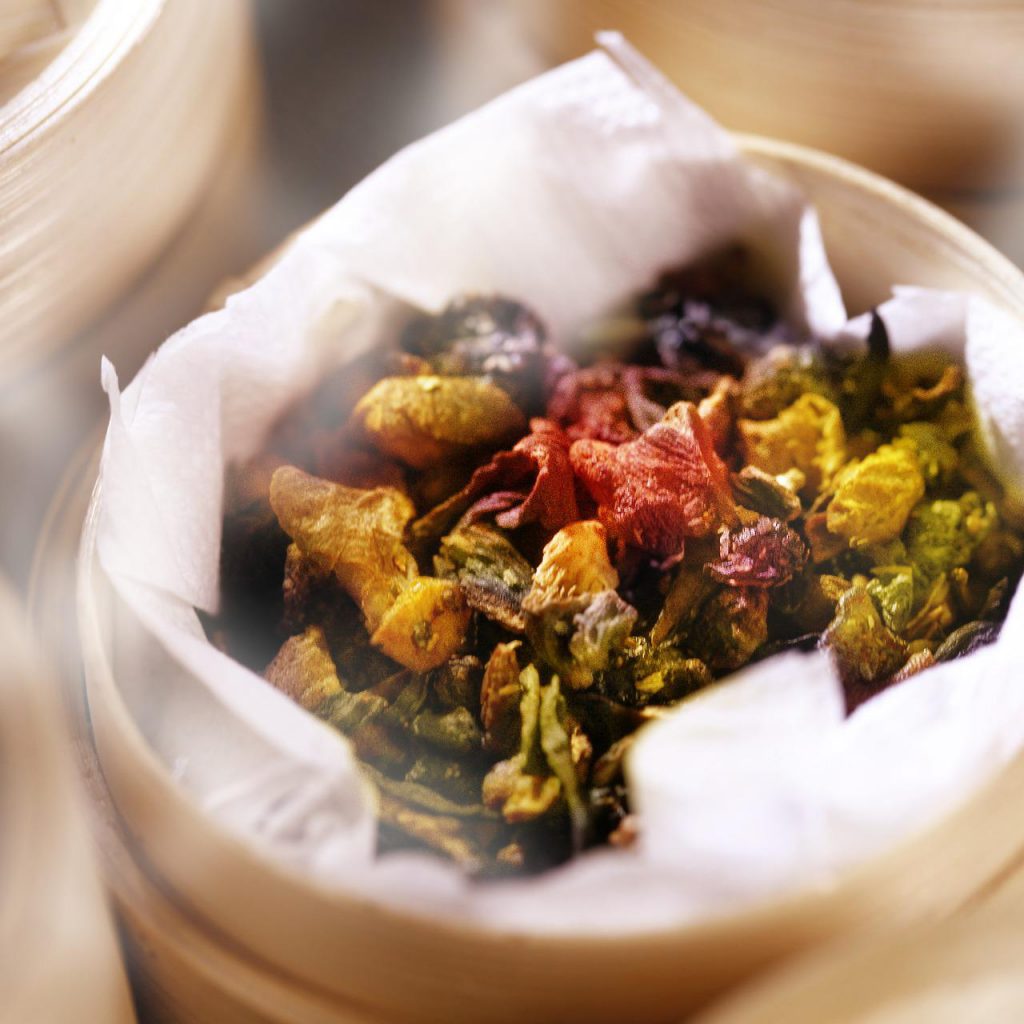
Just like overcrowding the tray when making roasted potatoes, overcrowding your steaming basket is not a good idea. Even if you cut the ingredients into even pieces, piling them up in the basket prevents the steam from reaching everywhere smoothly. And unfortunately, you can’t take the lid of your steamer and give it a good stir — kindly refer to the previous section, so it can result in an unevenly cooked dish.
A steamer with multiple layers is the solution when you want to make a heap of steamed veggies or meat. If not, take the time and steam your food in multiple sessions.
You Add Food to the Basket Before the Water Boils
Even though you’re in a hurry, giving in to the temptation and piling everything in the basket before it’s ready ends in disappointment. Just like you would wait until the pan heats up before you throw anything in it for a stir fry, you should wait until the water boils for a steamed dish. When you add them in before the water starts to boil, they start cooking earlier, and again, you may end up with an overcooked dish.
Steamers usually require very little water. Be patient and wait for the bubbles. Keeping the lid on will speed up the process.
You Don’t Cut the Food Evenly
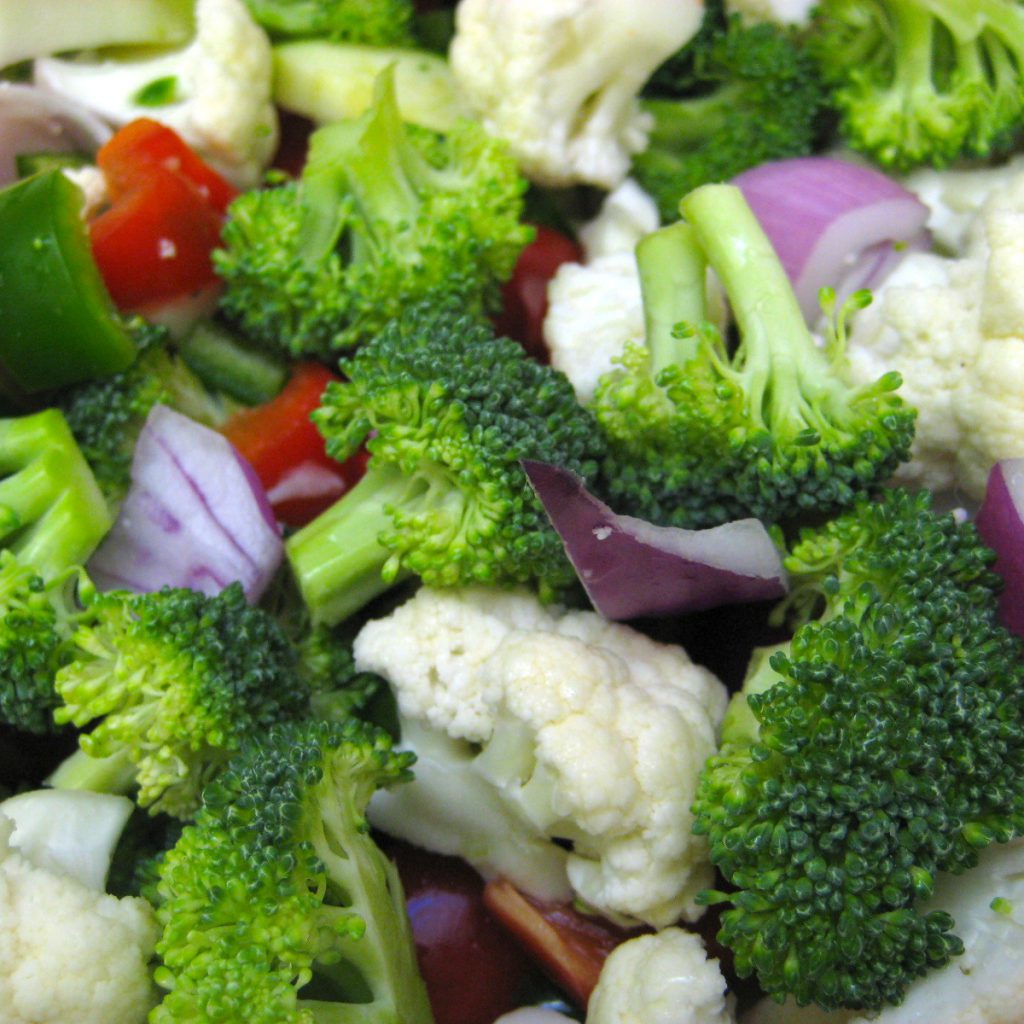
By k2nsf
Steaming is a very fast cooking technique. Vegetables are typically fully steamed in less than 10 minutes, so if you leave them in the steaming basket even for just a couple of minutes more, you can easily overcook them.
Therefore, when you don’t chop your ingredients in even sizes, the heat takes longer to penetrate the bigger ones. Unsurprisingly, the small pieces overcook by the time the insides of the bigger ones are done.
Of course, you don’t have to measure every piece you cut. Just keep a rough size in your head and make sure there are no pieces that stand out too much.
You Skip the Aromatics
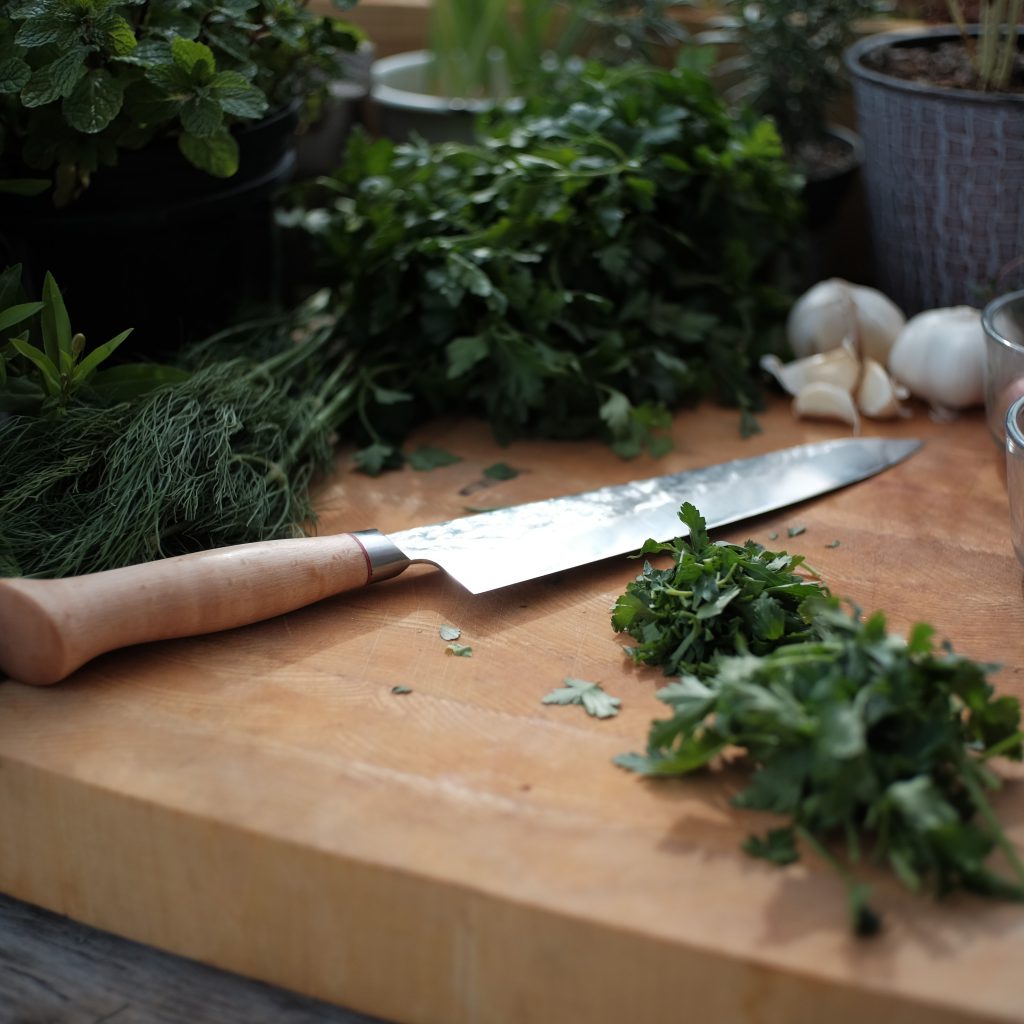
This is the main reason why most people are underwhelmed when served steamed food: they are not seasoned and enrichened with aromatics properly. If you ever had some steamed gyoza, the Japanese dumpling, you’ll know that steamed food doesn’t have to be bland and boring.
Steaming typically preserves the authentic flavor of the ingredients. But this doesn’t mean that cauliflowers should taste like cauliflowers and nothing else. You can add more flavor layers with aromatics such as chili, garlic, onions, citrus zest, ginger, rosemary, or thyme, to radically alter the taste of the dish.
You can steam the aromatics with the ingredients in the basket, or — depending on the aromatic — you can add them to the water before it boils. We wouldn’t suggest adding onion and garlic to the water, but herbs can go a long way in aromatizing the steam. You can even try edible flowers such as lavender in the steaming water.
The Steaming Time for Various Vegetables and Meats
Vegetables

| Carrots | 7 mins |
| Asparagus | 6 mins |
| Broccoli | 5 mins |
| Cauliflower | 6 mins |
| Brussel sprouts | 9 min |
| Spinach and leafy greens | 5 mins |
| Green beans | 5 mins |
| eas | 3 mins |
| Artichoke (whole) | 3 mins |
| Potatoes (small pieces) | 15 mins |
| Potatoes (big pieces) | 25 mins |
| Cabbage (cut in wedges) | 8 mins |
| Celery (roots) | 6 mins |
| Celery (stalks) | 7 mins |
| Zucchini | 6 mins |
Meats
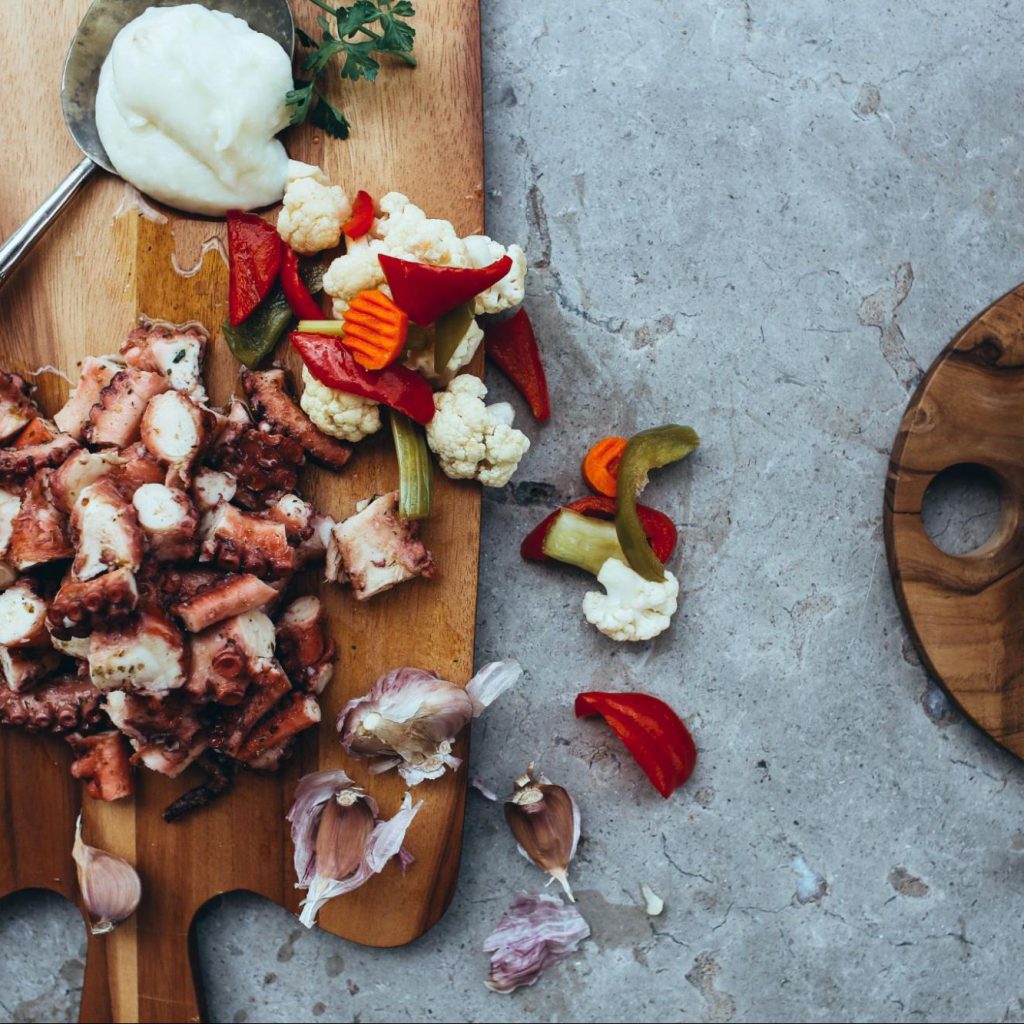
Remove the meat from the refrigerator at least 30 minutes before steaming.
| Beef | 30 – 40 mins |
| Pork | 20 mins |
| Chicken | 25 mins |
| Fish | 10 mins |
| Clams | 12 mins |
| Mussels | 7 mins |
Over and Out!
Steaming is arguably the most healthy cooking technique. Maybe that’s why it rings unpleasant bells in our minds, as we associate unhealthy foods with deliciousness and vice versa. However, it turns out that steaming food is not only super easy but can also be very delicious with the correct method and ingredients. Even if you don’t have a steamer nearby, you can make it happen only with a colander and a pan!


